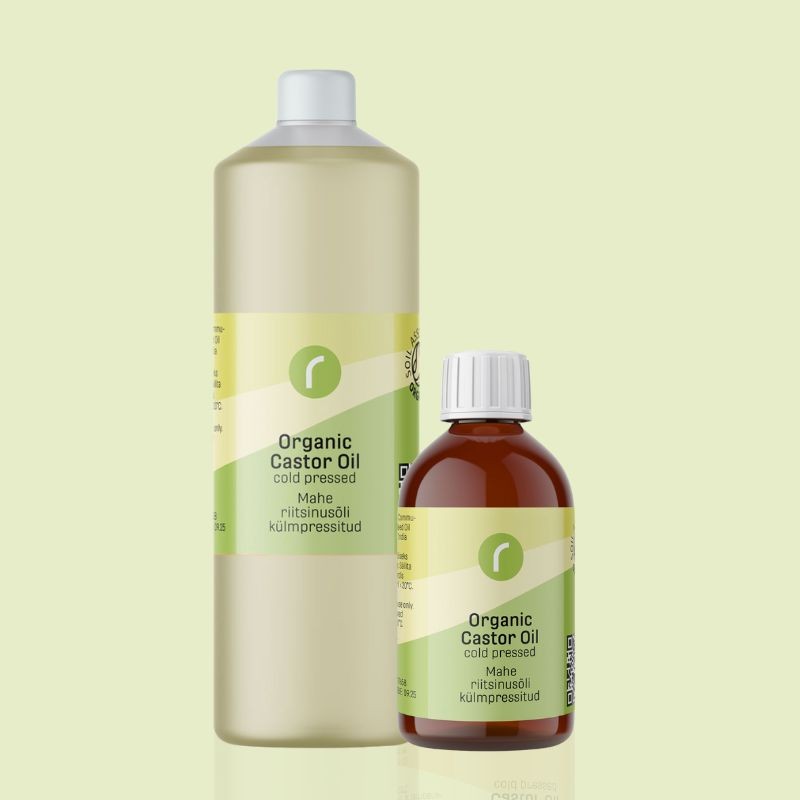



Unit price: €2.60 / 100 g
Organic castor oil in cold process soap
Ricinoleic acid, found only in castor oil, gives the soap a persistent, dense, and creamy lather. However, the consistency of the soap becomes sticky and soft when a lot of castor oil is used.
To ensure pleasant foaming, castor oil should be used together with coconut oil. It is enough if the proportion of castor oil in the soap fat is 5-10%. The proportion of other fatty acids: linoleic, oleic, palmitic, and stearic acid in castor oil is small compared to other vegetable fats.
Castor oil accelerates the saponification of the soap mixture (the mass becomes thicker faster) and should be avoided when making soaps with complex patterns.
You can add a maximum of 10-15 g of castor oil per 1 kg of melt-and-pour soap base. Since Melt and pour soap base is already a saponified product, adding oil does not make the soap better foaming. The oil remains in the soap as oil and the effect is more cosmetic than affecting the properties of the soap. By adding a large amount of oil to the soap base its consistency becomes more liquid and sticky.
• pumice stone - 0.128
• potassium hydroxide – 0.180
You can find more information about the use of ritual oil in the blog.
Data sheet
You might also like